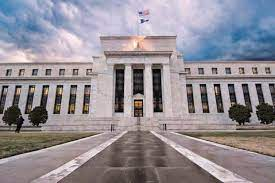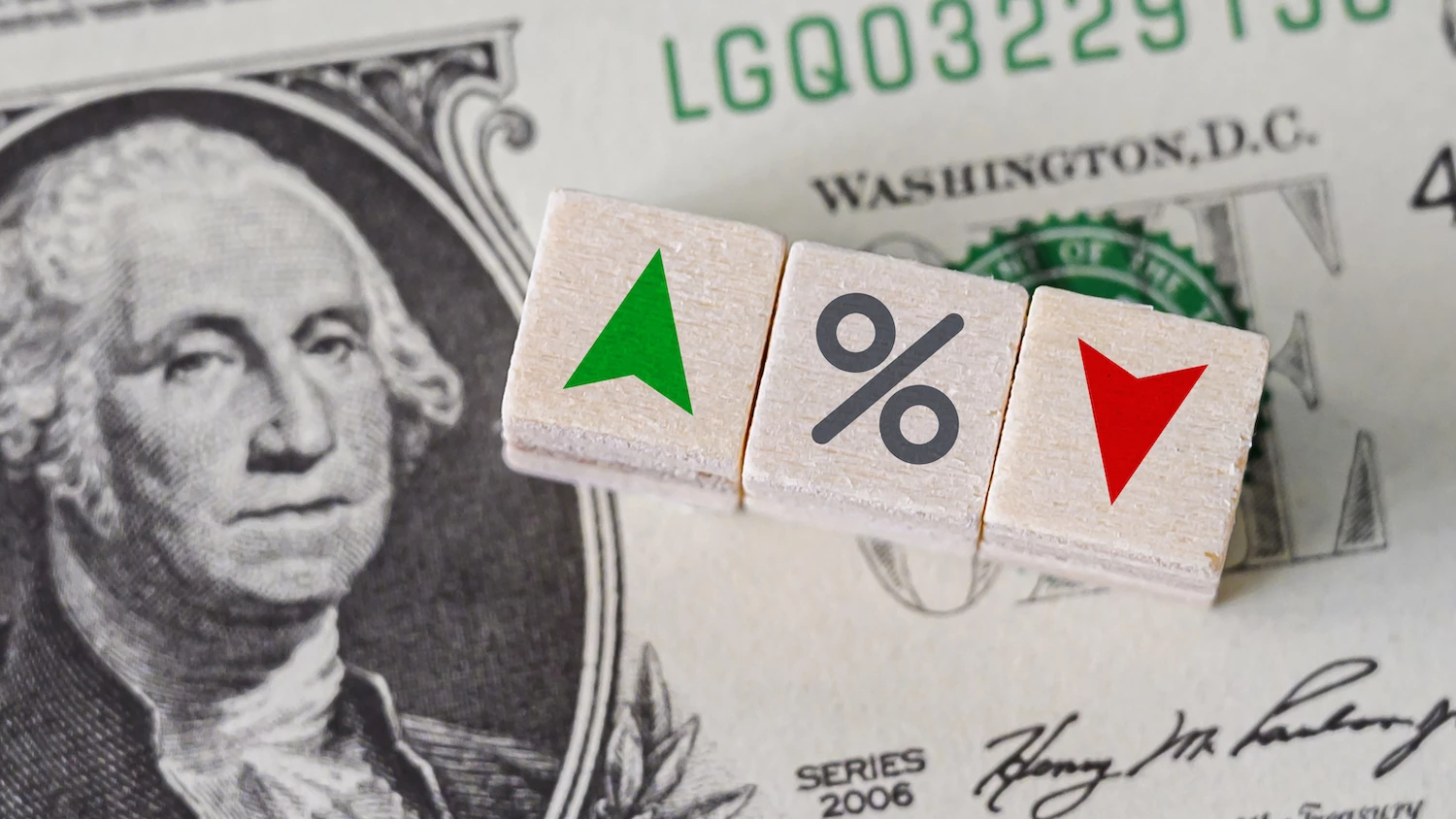


What Does the Federal Reserve Do?
Before addressing the hot-button question of why mortgage rates are pegged to the rate set by the Fed, it’s necessary to get a clear understanding of what the Fed actually does. Congress has given the Fed what is known as a “dual mandate”: to control inflation and foster employment. When inflation rises, the Fed works to stabilize prices so people can afford everyday essentials. When unemployment is high, it takes steps to make it easier for businesses to grow and hire workers. To achieve these goals, the Fed uses a powerful tool: the federal funds rate. This is the interest rate banks charge each other for short-term loans. The Federal Open Market Committee (FOMC), a responsible group within the Fed, decides on this rate, meeting regularly to assess the economic situation and determine the best course of action. When the Fed raises the federal funds rate, borrowing becomes more expensive. This can slow down the economy, which can help curb inflation. Conversely, lowering the rate makes borrowing cheaper, potentially stimulating economic growth and job creation. These Fed actions, especially adjustments to the federal funds rate, have a significant impact on interest rates across the board, including mortgage rates. This is why understanding the Fed’s role is crucial for anyone involved in the mortgage industry. How the Federal Funds Rate Impacts Mortgage Rates
Why are mortgage rates pegged to the rate set by the Fed?
It’s not a direct, one-to-one relationship. As we’ve mentioned before, the Fed sets the federal funds rate, and when they raise it, borrowing costs increase across the financial system. This impacts investor behavior. Investors may shift their funds from riskier assets like mortgage-backed securities (bundles of mortgages) towards safer investments like Treasury bonds, which are considered one of the most secure investments because they’re backed by the U.S. government. This increased demand for Treasuries drives up their yield, particularly the 10-year Treasury yield. Because they’re safe, Treasury bonds have relatively low interest rates. Mortgage rates need to offer slightly higher returns than Treasuries to attract investors. Otherwise, why would anyone take on the added risk of a mortgage when they could buy a virtually risk-free Treasury bond? So, when the yield (or interest rate) on Treasury bonds rises, mortgage rates often follow because lenders need to offer competitive returns to attract investment. Similarly, when Treasury yields drop, mortgage rates tend to decrease as well. This connection is why the 10-year Treasury yield is often used as a benchmark for predicting where mortgage rates might go. While the two rates aren’t identical, they move in the same general direction because they’re both influenced by the same factors, including inflation expectations, investor demand, and overall economic conditions. Even anticipated Fed’s actions may impact mortgage rates. According to CBS NEWS, “Mortgage rates often react to anticipated Federal Reserve rate changes before they happen. For example, if the Fed is expected to raise rates, lenders may raise their rates beforehand to avoid paying higher borrowing costs later. By contrast, when lenders expect the Fed to cut interest rates, they may lower their rates early to get ahead of the competition and encourage borrowers to lock in before others lower their rates.”
Fixed vs. Adjustable-Rate Mortgages:
Impact of Fed Policies Now, let’s take a closer look at how the influence of Fed rates on mortgages varies between the two main types: fixed-rate and adjustable-rate. Fixed-Rate Mortgage With a fixed-rate mortgage, a borrower’s interest rate remains the same for the entire loan term, so the Fed’s immediate influence might not be as obvious. However, the Fed’s decisions can still affect these rates by influencing investor behavior and the rates on government bonds. For example, according to Bankrate, “Fixed-rate mortgages are tied to the 10-year Treasury yield. When that goes up or down, fixed-rate mortgage rates follow suit. The fixed mortgage rate isn’t exactly the same as the 10-year yield, however; there’s a gap between the two. Typically, the gap between the 10-year Treasury yield and the 30-year fixed mortgage rate spans 1.5 to 2 percentage points. For much of 2023 and 2024, that margin grew to 3 percentage points, making mortgages more expensive.” Thus, the Fed’s influence on fixed-rate mortgages is more indirect and complex.
Adjustable-Rate Mortgage and Home Equity Lines of Credit
When it comes to adjustable-rate mortgages (ARMs) and Home Equity Lines of Credit (HELOCs), these loans have interest rates that change over time. They often adjust based on short-term benchmarks like the prime rate or the Secured Overnight Financing Rate (SOFR), both of which closely track the federal funds rate. For example, according to Citizens, the prime rate is typically “about 3% higher than the federal funds rate.” When the Fed raises the federal funds rate, it directly increases the cost of borrowing for these types of loans, leading to higher interest rates and potentially higher monthly payments for borrowers. Overall, fixed-rate mortgages respond indirectly to Fed policy through long-term rates, while ARMs and HELOCs are directly affected, leading to more immediate changes in borrowing costs. Key Factors Driving Mortgage Rates Now that the answer to the question “Why are mortgage rates pegged to the rate set by the Fed?” is becoming clearer, it’s important to understand that the Fed’s actions are only one piece of the puzzle.
1. Inflation One of the key drivers of mortgage rates is inflation. As previously mentioned, the Fed responds to the high inflation by raising interest rates to cool it down. The Fed’s goal is to make borrowing more expensive, which helps slow down consumer spending and reduces inflationary pressures. Increased interest rates, in turn, indirectly affect mortgage rates, resulting in their rise.
2. Employment Rates and Economic Growth Employment rates and economic growth also play a vital role. A strong economy with low unemployment can lead to increased demand for housing and borrowing, potentially pushing mortgage rates higher. Conversely, a slowing economy can lead to lower demand and potentially lower rates.
3. Bond Market Another factor that exerts a significant influence is the bond market. As we explained previously, government bonds, particularly the 10-year Treasury bond, serve as a benchmark for many long-term interest rates, including those for 30-year fixed-rate mortgages. As investors shift their funds towards government bonds, the demand for these bonds increases, which can drive up their yields. This increase in bond yields often translates into higher mortgage rates as lenders adjust their offerings to remain competitive.
4. Mortgage-Backed Securities Mortgage-backed securities (MBS), bundles of mortgages, also play a role. These securities are traded in the market, and their prices can fluctuate based on investor demand and perceived risk. Changes in the value of MBS can impact the overall cost of borrowing for mortgage lenders, which can then be reflected in the rates they offer to borrowers.
